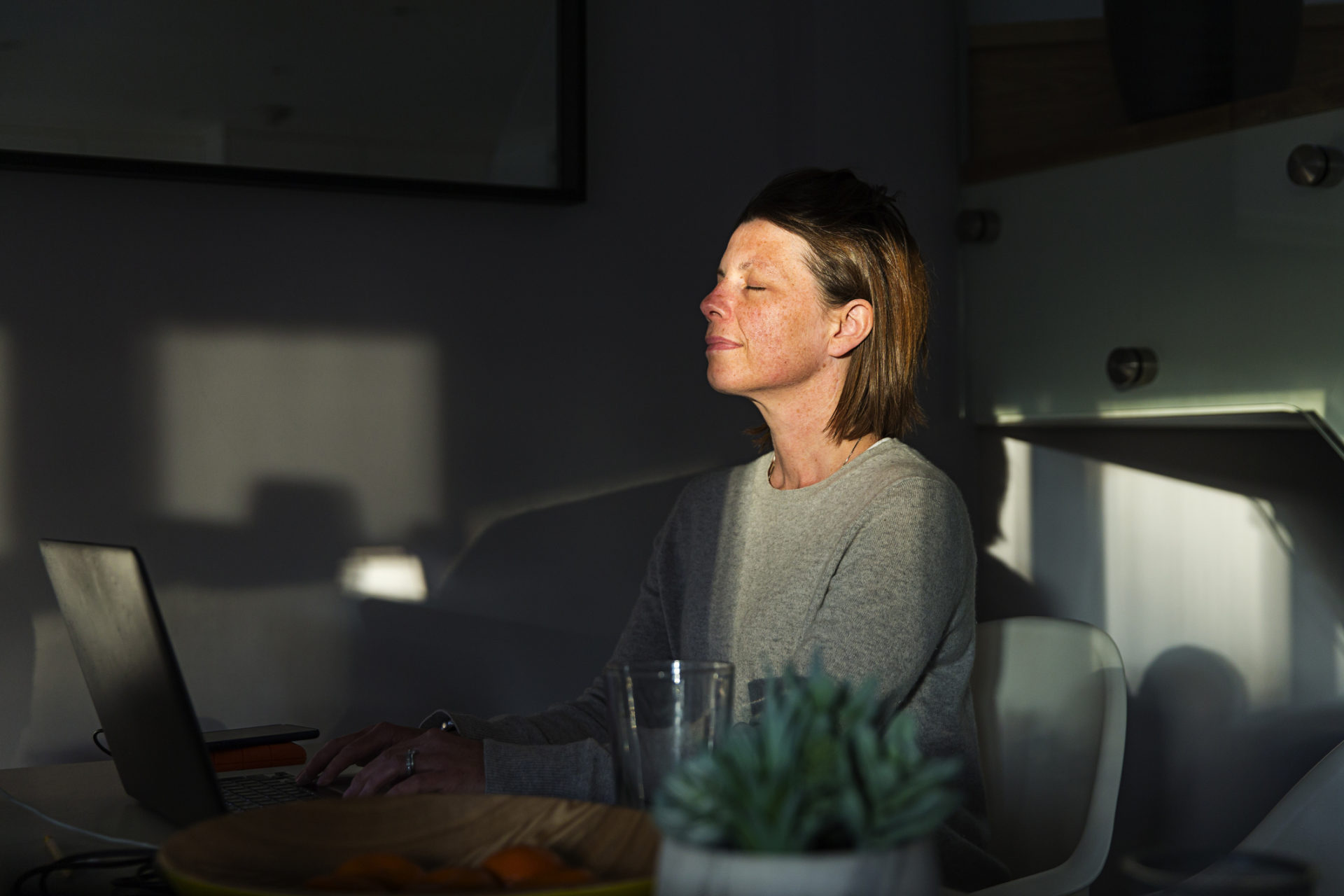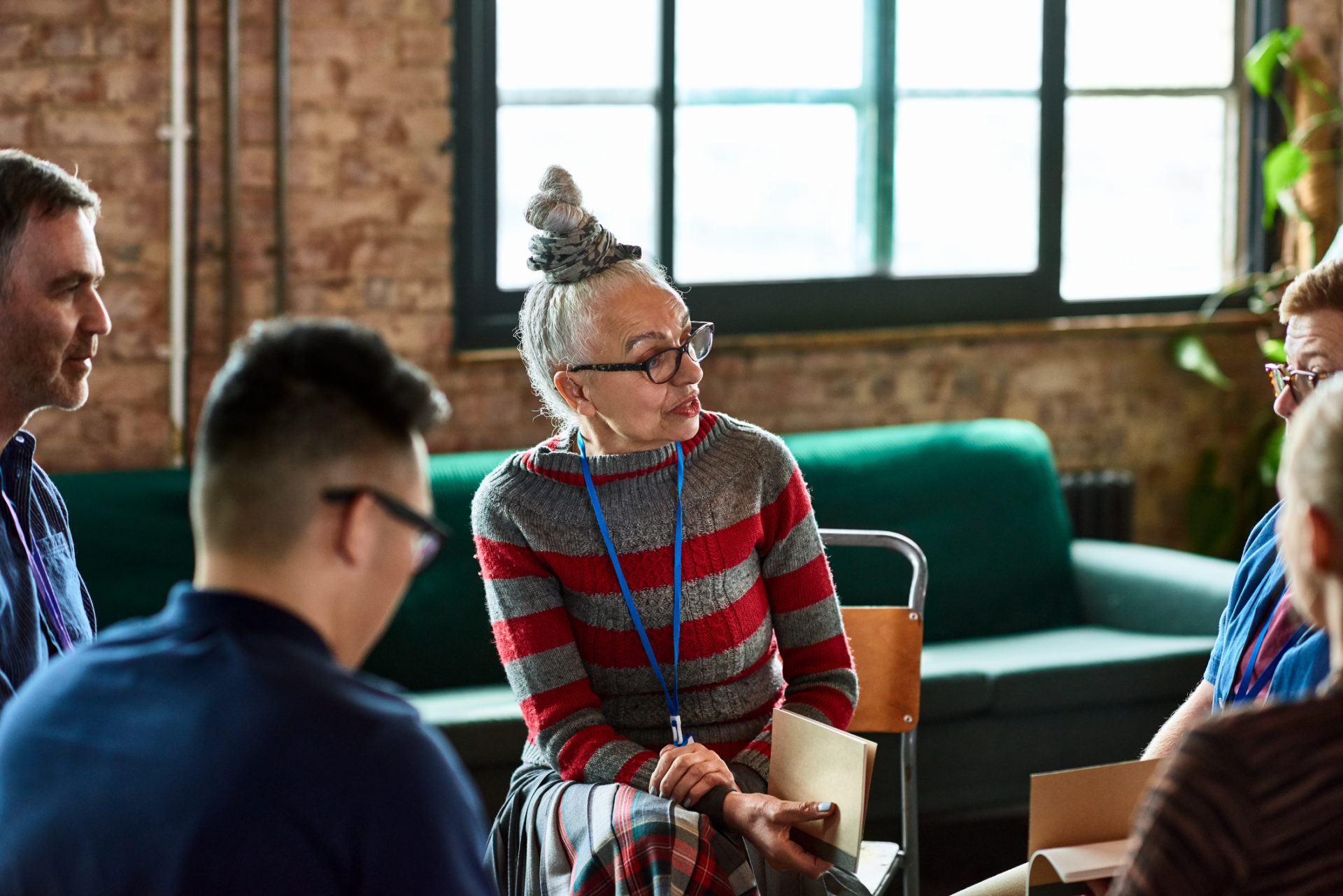Recent research shows that over the last 50 years, both major parties in Congress have drifted further from the ideological center. Progress can feel as though it has ground to a halt as neither side wants to compromise for fear of looking weak or appeasing their political opponents.
Meanwhile, private citizens are dividing themselves along partisan lines — which, at its most extreme, results in individuals severing some of their strongest social and even familial ties over these differences.These impulses to ostracize, isolate, and separate isolated from our communities can have negative impacts on mental health and lead to further political radicalization.
As a nonpartisan organization, NationSwell strives to create an environment where all viewpoints are heard and given equal credence in an effort to bridge political divides — both within our Council members’ organizations and throughout the country.
Members comprising a diverse ideological spectrum recently sat down for a conversation on how we can go about creating these inclusive spaces and better capitalize on our positions as leaders to break down these barriers.
Here are some key takeaways from the event.
Inclusivity must be fostered before a conversation even begins
Creating these nonpartisan spaces becomes much more difficult if people are coming into the conversation with their guards up. As such, efforts must be made to make it clear that ideologically diverse viewpoints are not simply tolerated, but welcome. Otherwise, some may feel their perspective is being dismissed before they even have a chance to speak.
It all starts with language
We often assume those on the other end of the political spectrum don’t share our same values, but sometimes it is just a language barrier.
The language we use can inadvertently lean left or right, even when striving for nonpartisanship. When inviting people into a conversation, special attention must be paid to the framing we use to characterize the issues we wish to tackle and the types of solutions we envision.
Using the wrong language could cause certain listeners to tune out or even become actively hostile because they feel that, through no fault of their own, they are not welcome in a conversation.
Strive to find common ground with those we may disagree with politically
Regardless of what ideological and political labels we may apply to ourselves, many of us can agree on a multitude of issues that need to be addressed.
Taking on these issues in collaboration with those on the other side of the aisle can help form lasting partnerships and relationships, which in turn will create an environment where traditionally opposing forces can continue to work together in good faith.
An act as simple as telling someone from a different political party something you admire about their work to their face can have a powerful impact on bridging these divides.
It is okay to disagree, but differences must be dealt with respectfully
The very nature of a nonpartisan, inclusive space means bringing together people who will not see eye to eye on every issue.
Addressing these differences is critical to building trust. Letting someone know the language they are using is hurtful, or possibly sending the wrong message is useful when done in a respectful manner.
Another key is to assume that those around you are working on issues with you in good faith, so even if you disagree on the solutions, a positive discussion can be had, rather than an argument where nothing is solved.
Separate the issues from the people
Very little will be accomplished if a discussion on how to solve a problem turns into a series of complaints about political opponents.
In addition to being unproductive, it can stifle participation from those with minority viewpoints in the group, who may feel as though their input is not welcome simply by virtue of being in the same political party as a politician who is being attacked.
Encouraging civic engagement can help bridge these divides
The more polarized our discourse becomes, the less appealing public service looks. Finding nonpartisan ways to engage in the political process, especially for younger people, can go a long way to breaking through these divisions.
The NationSwell Council community brings together a diverse, curated community of bold individuals and organizations leading the way in social, economic, and environmental problem-solving. Learn more about the Council here.



